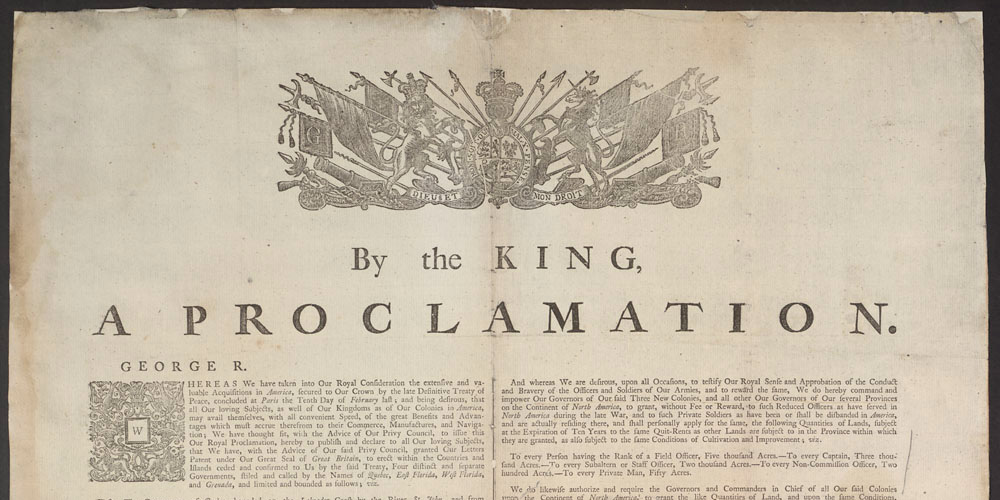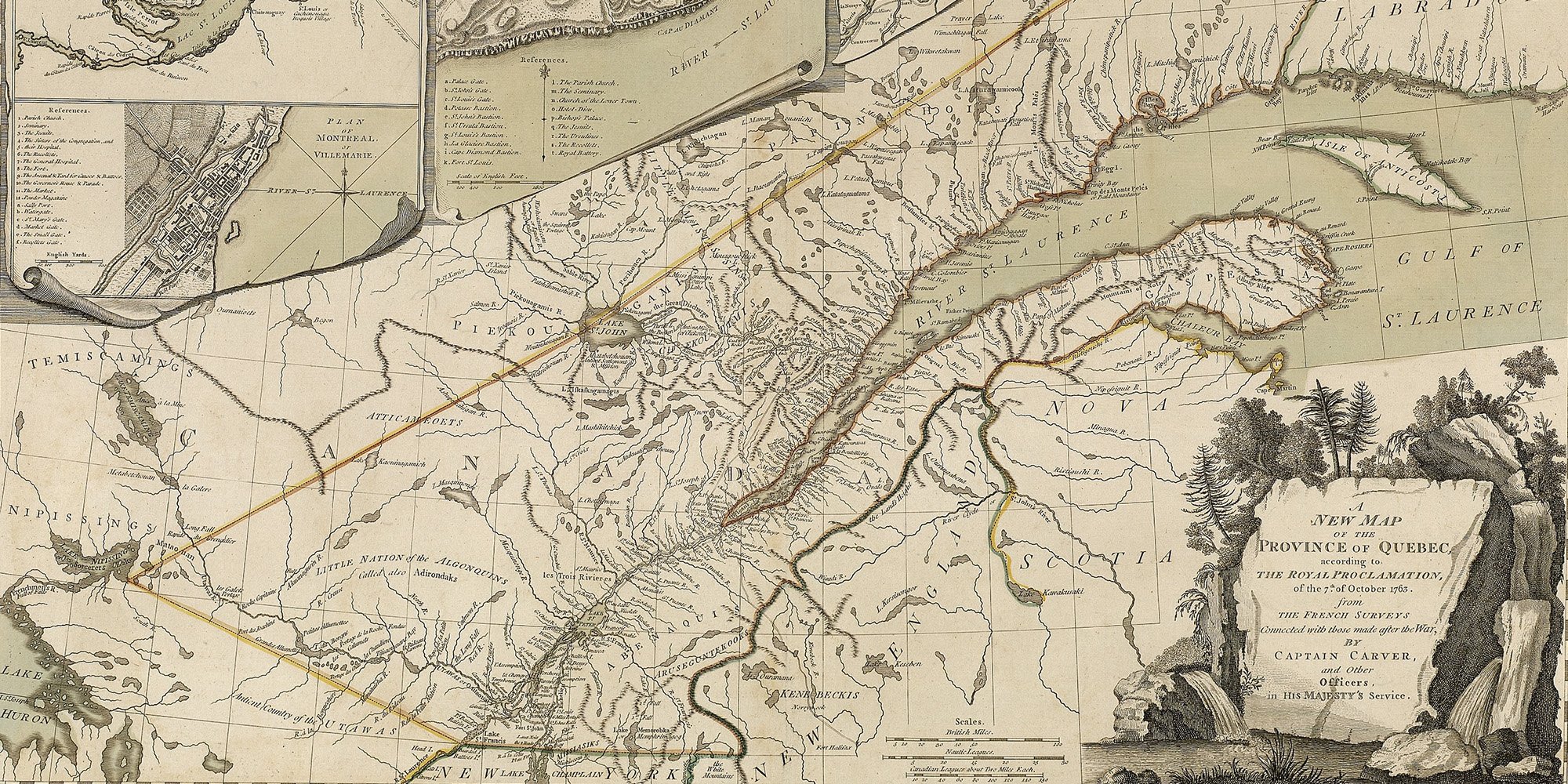First Nations' Relationship to the Land
Indigenous peoples have the right to maintain and strengthen their distinctive spiritual relationship with their traditionally owned or otherwise...

The Royal Proclamation, signed by King George III on October 7, 1763, is regarded as early and powerful evidence of the recognition of Aboriginal rights in Canadian law.
In this short video, Bob Joseph explains the significance of one particular section of the Royal Proclamation which formed the foundation of modern, nation-to-nation negotiations. The passage contains three critical points:
In 2015, Prime Minister-designate Justin Trudeau evoked the Royal Proclamation in his acceptance speech - here's some insight on the significance.
Indigenous rights are extensively covered in our Indigenous relations training.
Featured photo: 1763 Royal Proclamation, Photo: Wikipedia

Indigenous peoples have the right to maintain and strengthen their distinctive spiritual relationship with their traditionally owned or otherwise...

1 min read
National Indigenous Peoples History Month is a time to acknowledge the history of Indigenous relations and Indigenous Peoples in Canada....

The doctrine of Aboriginal rights exists… because of one simple fact: when Europeans arrived in North America, Aboriginal peoples were already here,...